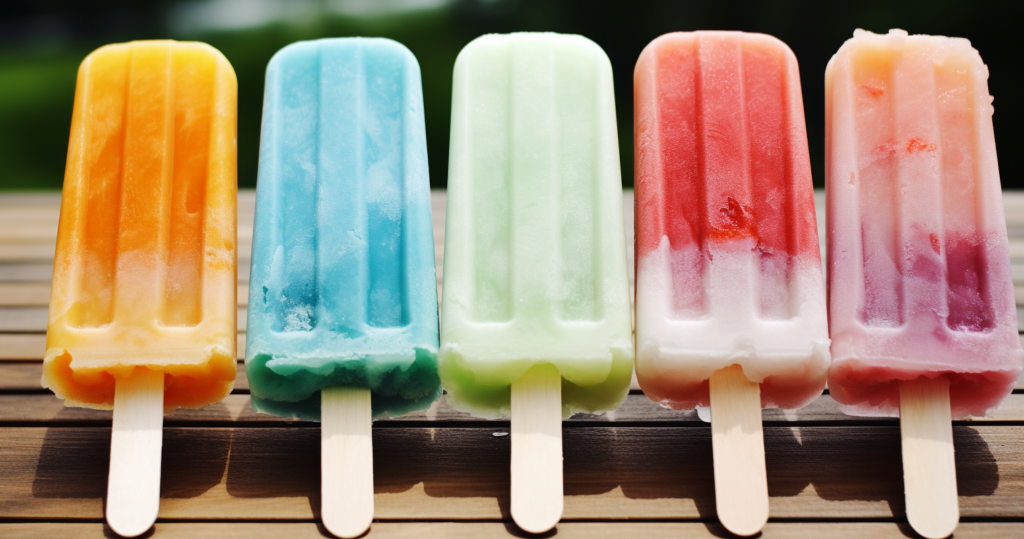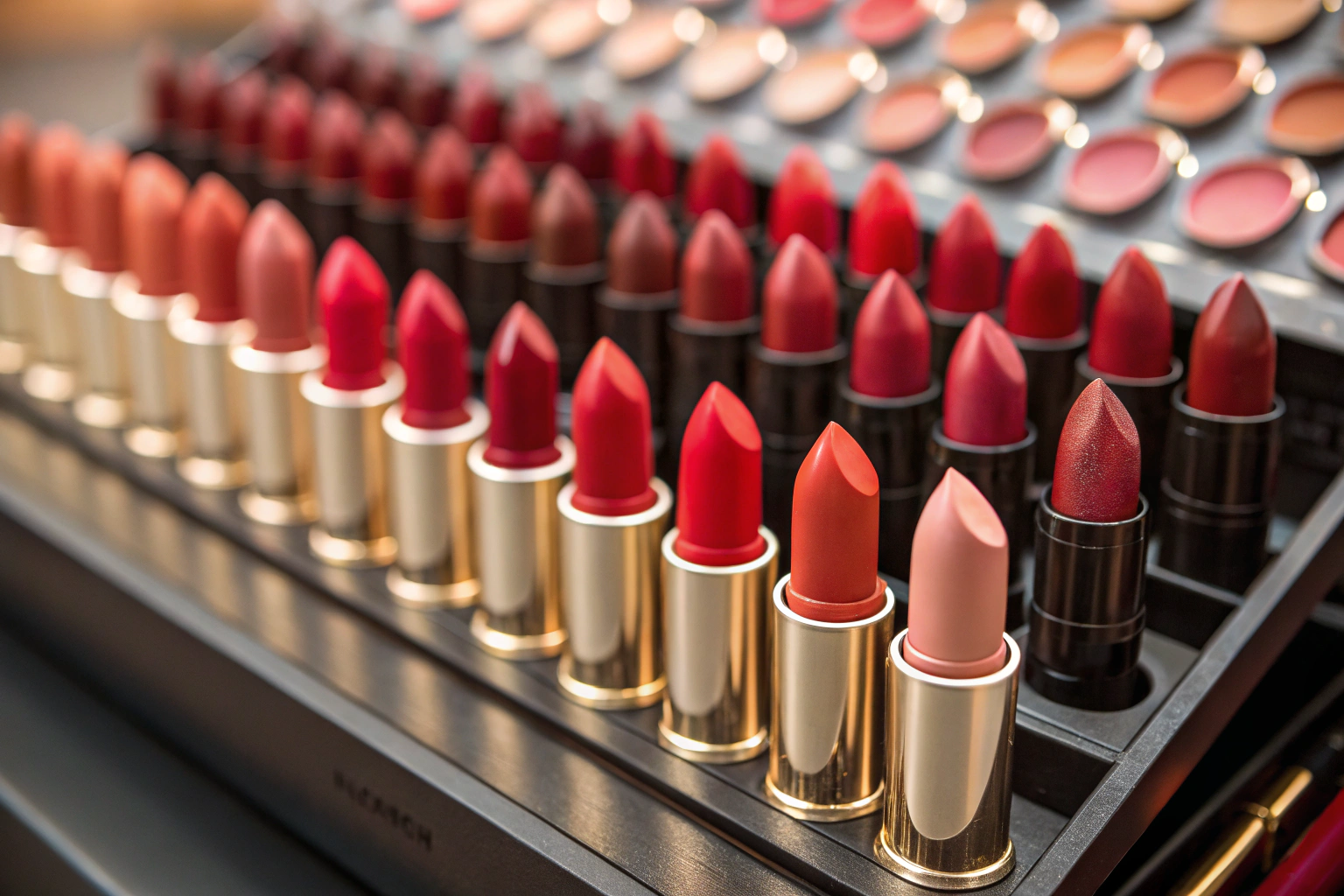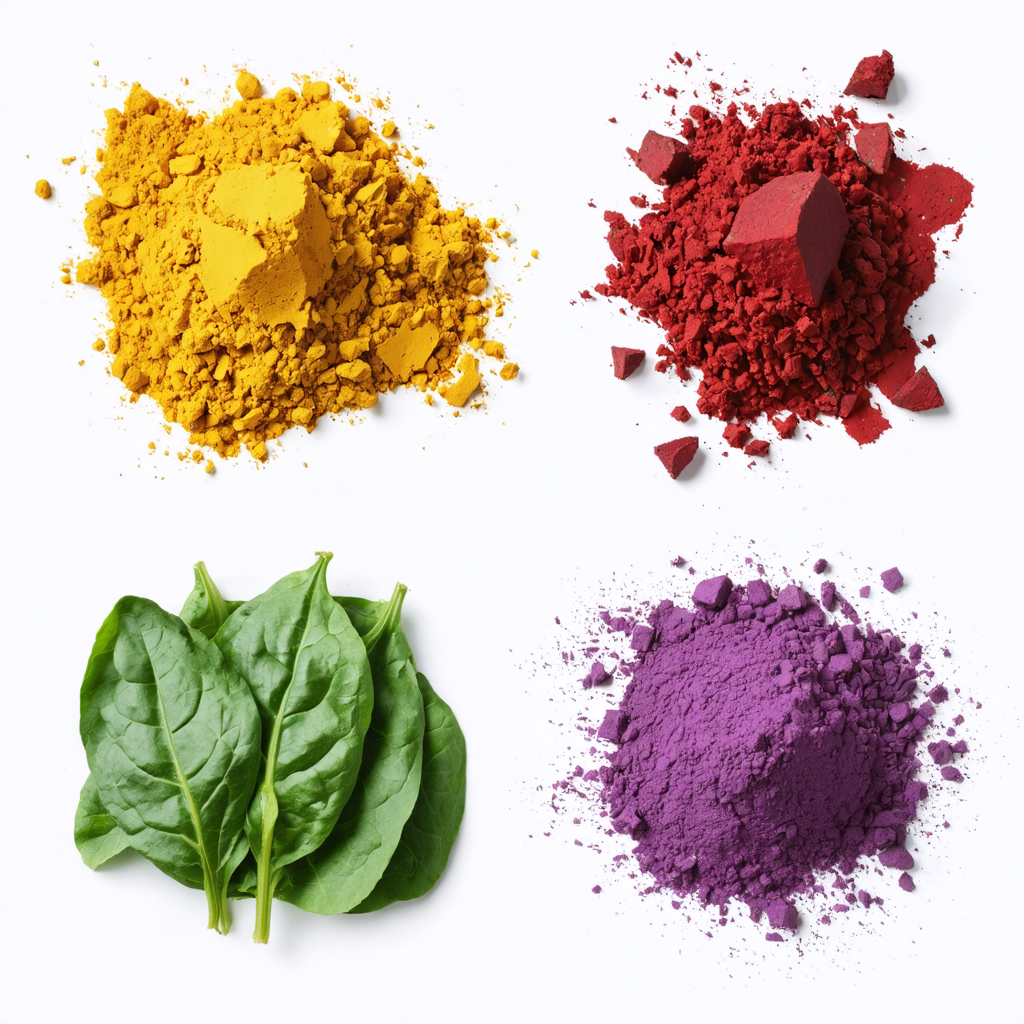When it comes to adding a splash of color to your baked goods, the choice between natural and artificial food colors can be a tough one. Both solutions have different benefits and each has a different set of things to think about. In this blog, we’re going to break down the differences between natural and artificial food colors in terms of safety, flavor, appearance, and consumer perception, helping you make an informed choice for your next baking adventure.
Table of Contents
ToggleSAFETY FIRST: NATURAL FOOD COLORS
Safety: Natural food colors are derived from real ingredients like fruits, vegetables, spices, and even some insects (yes, really). They are generally considered safe for consumption, which is a big plus for health-conscious bakers and consumers. The absence of synthetic chemicals found in artificial colors makes them a top choice for those looking to bake with a clean conscience.
Flavor: One of the significant advantages of natural food colors is their minimal impact on the flavor of your creations. They tend to be subtle and don’t overpower the taste of your baked goods. This allows the original flavors of your carefully crafted recipes to shine through, a crucial consideration for bakers who prioritize taste.
Appearance: Natural food colors, while beautiful in their own right, may not offer the same level of intensity and vibrancy as their artificial counterparts. However, they do provide a unique, earthy aesthetic, perfect for those aiming to create rustic and organic-looking baked treats.
Consumer Perception: In an era where consumers are increasingly conscious of what they put into their bodies, natural food colors send a strong message of transparency and commitment to using quality, wholesome ingredients. This can be a significant selling point for your bakery.
THE VIBRANT SIDE: ARTIFICIAL FOOD COLORS
Safety: Artificial food colors are synthetic dyes created in a laboratory setting. They have faced some controversy regarding potential links to hyperactivity in children and other health concerns. While some studies suggest a connection, the scientific evidence remains inconclusive.
Flavor: Bakers should be cautious when using artificial food colors, especially in larger quantities, as they can sometimes impart a slightly bitter or chemical taste to baked goods. This can detract from the overall taste experience, which may not sit well with discerning palates.
Appearance: If your goal is to achieve bright, bold, and eye-catching colors in your baked creations, artificial food colors are the go-to option. They can deliver that Instagram-worthy appearance that some bakers crave, making your goodies visually irresistible.
Consumer Perception: In contrast to natural food colors, artificial colors may raise concerns among consumers who prioritize clean, healthy ingredients. As such, their use may not align with the preferences of a health-conscious audience.
FAQs – YOUR BURNING QUESTIONS ANSWERED
FAQ 1: Are natural food colors more expensive than artificial ones?
Answer: Yes, natural food colors are often more expensive due to the cost of sourcing and processing natural ingredients. However, many bakers find the investment worthwhile for the quality and safety they provide.
FAQ 2: Can you achieve vibrant colors with natural food colors?
Answer: While natural colors may not be as intense as artificial ones, you can achieve a wide range of beautiful, earthy hues with the right techniques and combinations.
FAQ 3: Are there any health benefits to using natural food colors?
Answer: Natural food colors often contain beneficial compounds from the source ingredients, such as antioxidants. While they’re not a significant source of nutrition, they can add a tiny health boost.
FAQ 4: Do natural food colors have a shorter shelf life compared to artificial ones?
Answer: Yes, natural food colors can have a shorter shelf life because they lack the preservatives found in many artificial colors. Proper storage is essential to maintain their quality.
In conclusion, the choice between natural and artificial food colors ultimately depends on your baking style, your target audience, and your personal values. As a baker, you have the creative freedom to experiment and find what works best for you and your delicious creations. Whether you opt for the safety and subtlety of natural food colors or the vibrancy and intensity of artificial ones, always remember that the heart of baking lies in the joy of creating something beautiful and delicious. Happy baking!




